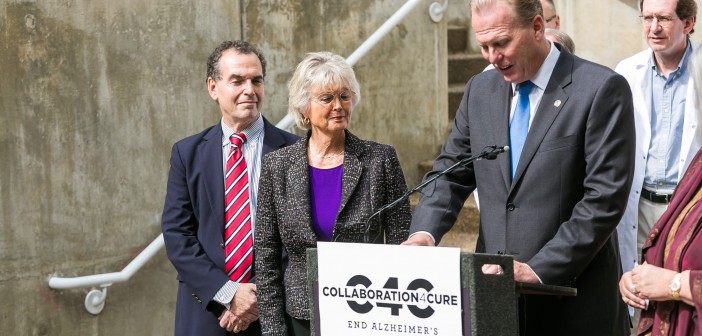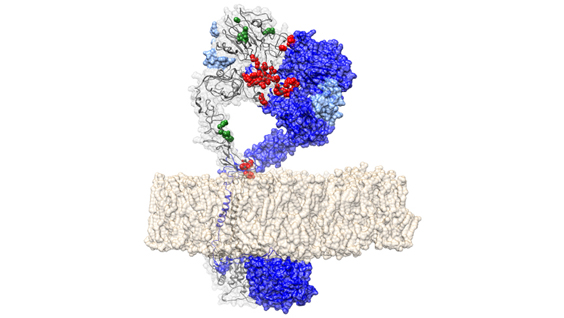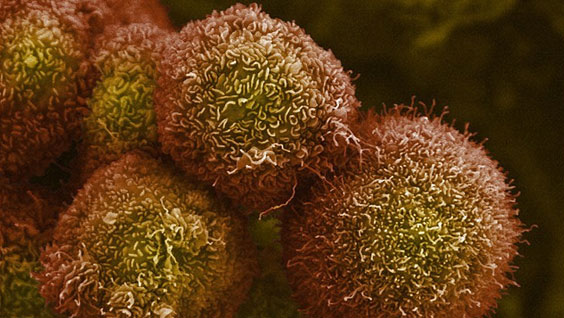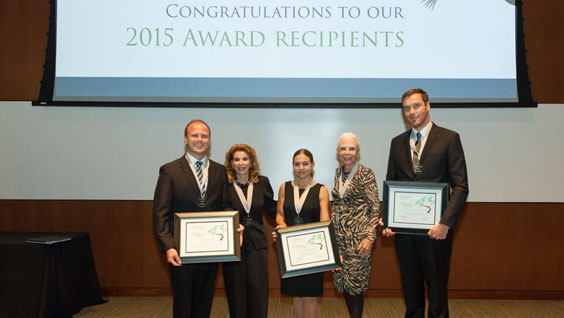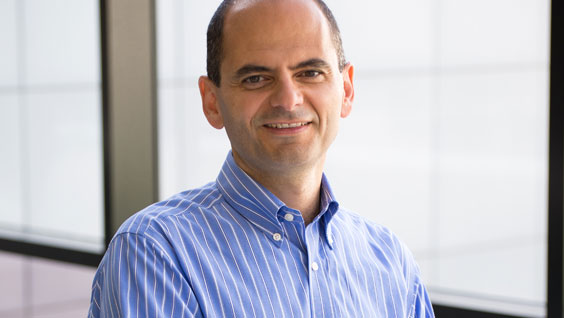On October 28, Mayor Kevin Faulconer, County Supervisor Diane Jacob, San Diego philanthropist Darlene Shiley, and Mary Ball, president and CEO of the Alzheimer’s Association San Diego, came to SBP to announce the recipients of research awards from San Diego’s Dementia Drug Discovery Collaborative Program, “Collaboration 4 Cure (C4C).” The awards are part of an innovative program to harvest the best research ideas toward effective treatment of Alzheimer’s disease.
Eight world-class researchers were selected by C4C to pursue promising drug discovery projects. They will be given state-of-the-art equipment, resources and expertise at SBP’s Conrad Prebys Center for Chemical Genomics (Prebys Center) and The Scripps Research Institute to search for “small molecule” chemicals that can alter changes in the brain observed in Alzheimer’s disease, potentially restoring brain health to patients.
The research award recipients and their projects include:
- Huaxi Hu, PhD, (SBP), will search for chemicals that can activate microglia cells, which protect neurons from inflammation and remove damaged cells.
- Elena Pasquale, PhD, (SBP), funded to search for molecules that that prevent protein aggregation that form amyloid beta plaques.
- Lutz Tautz, PhD, (SBP), will screen for molecules that reduce levels of an enzyme thought to inhibit memory formation in Alzheimer’s patients.
- Yunwu Zhang, PhD, (SBP), will search for compounds that target apotosin, a protein thought to damage neurons.
- Albert La Spada, MD, PhD (UCSD), will screen for molecules that increase the activity of lysosomes, packets of enzymes with protein-clearing powers.
- Mathew Pearn, MD, (UCSD), funded to examine protein-bearing cellular structures called endosomes from growing too large and killing neurons.
- Subhojit Roy, PhD, (UCSD), will seek ways to separate precursor proteins from the enzymes that turn them into amyloid beta.
- Steve L. Wagner, PhD, (UCSD), will search for a way to mute the side effects of gamma secretase inhibitors, which can disrupt the amyloid formation process.
“SBP is proud to be part of C4C. San Diego is home to some of the best neuroscientists in the world, and with our advanced screening and drug discovery capabilities at the Prebys Center, we hope to quickly advance research to prevent, treat, and even cure this terrible disease,” said Michael Jackson, PhD, senior vice president of Drug Discovery and Development at SBP.
Initial funds for the launch of C4C, totaling nearly $500,000, were obtained through the generosity of Darlene Shiley and others involved with the initiative. With a five-year funding goal of $7 million, all funds will be raised through local philanthropy, and restricted to projects from researchers at San Diego-based institutions.
Alzheimer’s disease is the third-leading cause of death in the San Diego region.
To view the KUSI newscast of the event, click here
